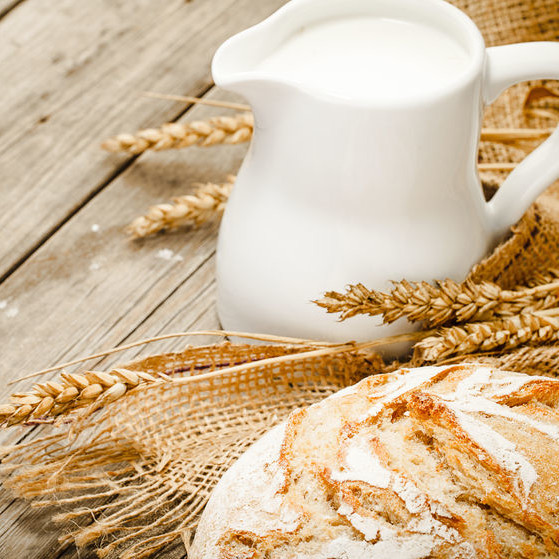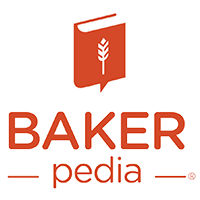Vitamin D
What is Vitamin D?
Vitamin D is a hormone that can be made in the human body or consumed in food or supplements. Because the body can make its own vitamin D from sun exposure on the skin, it has been known as the “sunshine vitamin.” It is also commonly added to foods such as milk, baked goods, and cereals to help increase calcium absorption.
- Contrary to common belief, the skin itself does not make the vitamin D used in the body.
- Instead, sunshine triggers the skin to produce cholecalciferol, a substance that the liver converts to calcidiol.
- The kidneys then convert this to calcitriol, the active form of vitamin D.1
Nutrition
- Vitamin D is a fat-soluble nutrient that must be present for the body to efficiently absorb and use calcium and phosphorus, which are necessary for healthy bones.
- It also may be involved in other processes, such as the immune system and blood pressure.2
Commercial production
- Vitamin D supplements are made from numerous sources, such as fish liver oils, lanolin, and altered bacteria.3
- Some types of baker’s yeast have been fortified with additional vitamin D by exposing normal baker’s yeast (Saccharomyces cerevisiae) to ultraviolet light, which causes naturally occurring sterols in the yeast to convert to an active form.4
Application
- Specially made baker’s yeast with higher vitamin D content can be used to increase the vitamin D supply of baked goods.
- Using baker’s yeast to increase vitamin D instead of adding other vitamin D supplements may help reduce costs.2
FDA regulation
The FDA in 2016 added vitamin D to the list of nutrients that must be declared on food nutrition facts labels. By July 26, 2018, food manufacturers must declare a food’s actual amount of vitamin D, as well as the percent daily value (PDV). This PDV is calculated according to a daily value of 20 μg (600 IU).5
In 2014, the FDA ruled that Lallemand Vita D Baker’s Yeast can be used both as a leavening agent and as a nutritional supplement to increase vitamin D content in baked goods.4
References
- Society for Endocrinology. “Vitamin D.” You and Your Hormones, Jan. 2015. http://www.yourhormones.info/hormones/vitamin-d.
- “Vitamin D in Baking.” Lallemand Baking Innovations, vol. 1, no. 1. http://www.lallemand.com/BakerYeastNA/eng/PDFs/Eagle%20VitaD%20Baker%27s%20Yeast.pdf.
- Andrews, R. “All About Where Vitamin Supplements Come From.” Precision Nutrition, 31 Jan. 2011. https://www.precisionnutrition.com/all-about-vitamin-supplements.
- Lallemand Inc. “FDA Increases the Amount of Vitamin D Allowed in Bread and Baked Goods Using Vitamin D Yeast.” 29 Aug. 2012. https://www.federalregister.gov/documents/2012/08/29/2012-21353/food-additives-permitted-for-direct-addition-to-food-for-human-consumption-vitamin-d2.
- “Vitamin D Levels to be Declared on Label.” Lallemand Baking Update (Special Edition), 2016. http://www.lallemandbaking.com/wp-content/uploads/2016/10/Baking-Update-Special-Edition-October-2016-IBIE-2016.pdf.




